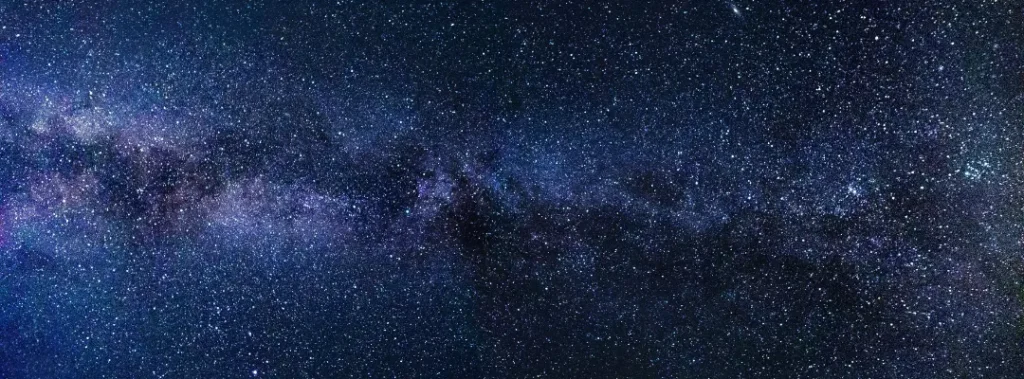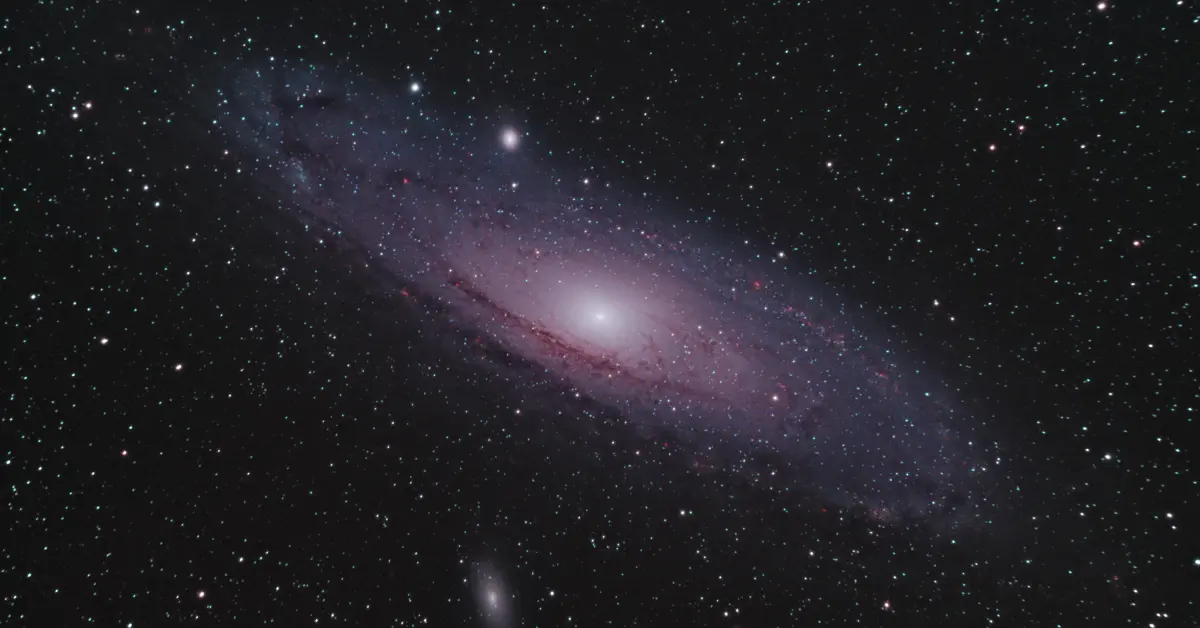The United States’ Space Agency, NASA, is poised to embark on a groundbreaking venture, introducing a novel spacecraft dedicated to delving into the mysteries shrouded in ultraviolet light permeating the celestial expanse. Dubbed the Ultraviolet Explorer, or UVEX, this official mission is orchestrated to achieve three pivotal objectives, revolving around the meticulous study of the most scorching celestial entities and ephemeral phenomena, including the dazzling spectacle of supernovae.
In contrast to its forerunner, the Galaxy Explorer (GALEX), UVEX’s apparatus boasts a sensitivity amplification ranging from 50 to 100 times.
NASA’s UVEX Project
UVEX, an innovative project involving a state-of-the-art space telescope, delineates three primary missions. Foremost, it endeavors to orchestrate an exhaustive survey of the heavens, encompassing both proximate and distant ultraviolet spectra. This extensive scrutiny aims to craft an intricate UV cartography, surpassing the depth attained by antecedent endeavors, owing to the extraordinary sensitivity of UVEX’s instruments. In comparison to its predecessor, the Galaxy Explorer (GALEX), UVEX’s instrumentation boasts a sensitivity amplification ranging from 50 to 100 times.
NASA Unraveling Ultraviolet Enigmas in the Cosmos

Secondly, UVEX specializes in the detection of stars and galaxies characterized by elevated temperatures yet possessing diminutive mass and metal content—a challenging feat with alternative forms of radiation.
Lastly, UVEX exhibits rapid adaptability to scrutinize transient celestial occurrences, such as the implosion of stars culminating in the ignition of supernovae. Additionally, it can be reoriented towards the epicenters of gravitational wave signals, probing for any accompanying ultraviolet bursts.
Read Also: Influence of Television: The Stirring Impact of a UK Program on Public Indignation
UVEX, after years of meticulous development, has garnered NASA’s favor for inclusion in its prestigious Explorers Program, triumphing over competing proposals like STAR-X, centered on X-ray exploration. The scheduled launch for UVEX is slated for 2030, embarking on a two-year mission with an estimated budget of approximately US$300 million, inclusive of launch-related expenditures.
Upon achieving operational status, UVEX promises to furnish an unparalleled perspective on the cosmos, seamlessly complementing other orbital observatories such as Euclid, the James Webb Space Telescope, the Vera C. Rubin Observatory, and the Nancy Grace Roman Space Telescope. This collective ensemble, attuned to visible and infrared wavelengths, will collectively weave a comprehensive tapestry of the cosmos, guiding scientists in their relentless pursuit of unraveling its enigmatic complexities.

